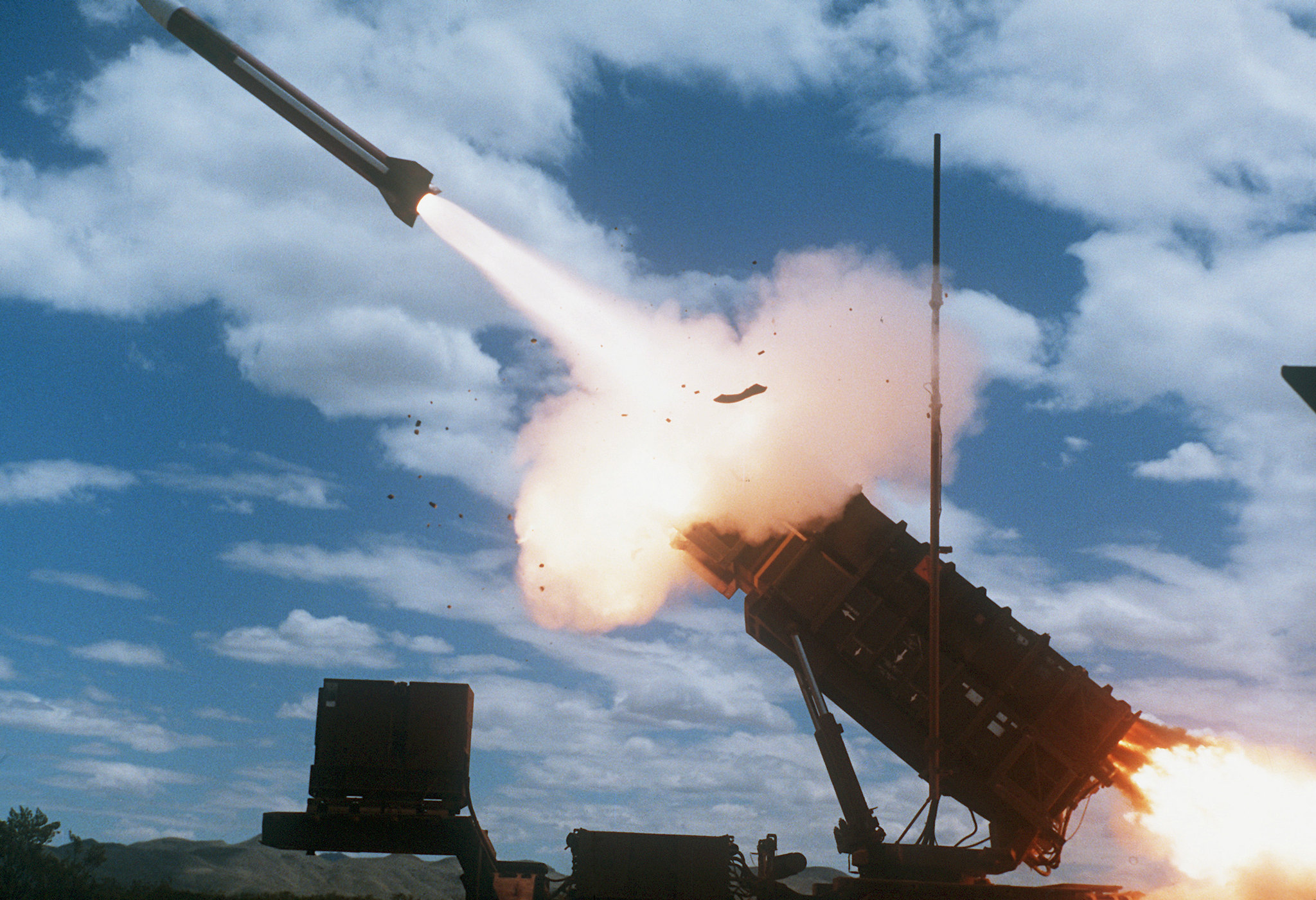SEOUL, South Korea (Transatlantic Today)-North Korea intensified tensions already sparked by its recent blitz of weapons tests early on Friday by flying warplanes over its eastern seas close to the border with South Korea and launching a short-range ballistic missile.
Approximately 170 artillery rounds were fired by North Korea, the South Korean military said, from western and eastern coastal regions close to the border, and the shells landed inside maritime buffer zones that the Koreas established in accordance with a 2018 military agreement aimed at reducing tensions.
The North Korean actions imply that it will continue a provocative series of weapons tests intended to increase its nuclear capacity for the time being. Eventually, some analysts believe, North Korea would like the United States and other countries to acknowledge it as a nuclear power, removing trade embargoes and making other concessions.
The missile reportedly took off from the North’s capital region around 1:49 a.m. (12:49 p.m. EDT Thursday) on Friday, according to a statement from the Joint Chiefs of Staff of South Korea .
The Joint Chiefs of Staff characterized the firings as a direct violation of the 2018 accord, which established no-fly zones above the border and buffer zones along sea and land borders to prevent clashes, despite the fact that none of the North Korean artillery rounds landed inside South Korean maritime borders.
As North Korea takes advantage of the distraction provided by Russia’s war on Ukraine to ramp up its weapons development and put more pressure on the United States and its allied forces, Friday’s ballistic launch brought the total number of missile demonstrations it has conducted this year to a record high.
For the very first time in 5 years, South Korea unilaterally imposed sanctions on the North on Friday in response to North Korea’s escalating testing and hostility. The sanctions were directed at 15 North Koreans and 16 organizations that are allegedly involved in illegal activities intended to fund North Korea’s nuclear and missile programs, NBC NEWS reported.
The highly agile KN-23 weapon, which is based on the Russian Iskander missile, went on an “irregular” trajectory, according to Japanese Defense Minister Yasukazu Hamada.
The missile, according to estimates from the militaries of Japan and South Korea, went 403–434 miles at a maximum height of 30 miles before coming to rest in the oceans halfway between Japan and the Korean Peninsula.
The United States’ commitment to the defense of Japan and South Korea remains “ironclad,” according to a statement from the U.S. Indo-Pacific Command, which also noted that the North Korean launch did not represent an imminent danger to U.S. territory, troops, or its allies.
It was the most recent in a string of recent missile tests by North Korea.
On Monday, North Korea claimed that its recent missile launches simulated nuclear strikes on major U.S. and South Korean sites. It said the tests included a ballistic missile launched from an inland reservoir, a first for the nation, and a new intermediate-range missile that soared over Japan and had a possible range to hit the U.S. Pacific territory of Guam.
In response to Washington and Seoul holding dangerous joint naval drills with a U.S. aircraft carrier, North Korea said the nuclear tests were a warning.
North Korea launched for the second time on Friday after announcing that it would simulate nuclear attacks. In light of its key ally China’s upcoming start of a significant political conference to elect President Xi Jinping to a third 5-year tenure as party head, several experts had projected North Korea will likely temporarily suspend its testing efforts.


























